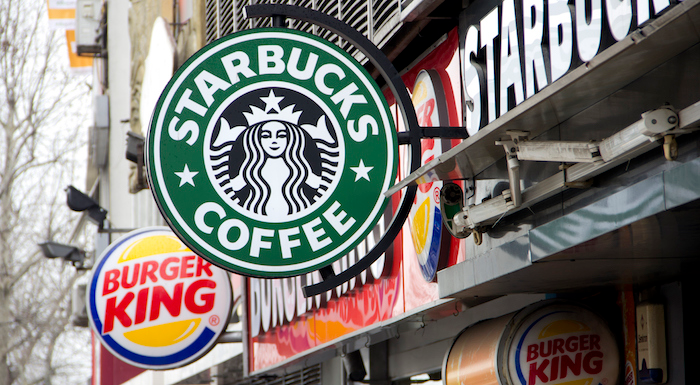Retail employees are one of the biggest advantages brick-and-mortar stores have. Why? Because store associates bring something to the table eCommerce can’t — a one-to-one experience that’s inherently, well, human.
There’s an influx of digital tools that are transforming the way we shop in-store. And sure, they make the experience easier and more comfortable for customers. Though I wouldn’t call it an apocalypse, there has been a trend of large retailers turning to shedding staff and closing stores to uphold the bottom line in the face of transformation.
According to the Wall Street Journal, Macy’s cut 52,000 employees since 2008. A study from Challenger Gray & Christmas reveals the retail industry cut more than 56,000 jobs nationwide from January through March 2018. This is on top of a handful of stores that have announced closures throughout the year, including Toys R’ Us, Walgreens, and The Gap (as the brand shifts focus).
But that doesn’t mean retailers should cut back on employee resources. Instead, retailers need to think smarter about who they hire, and the role in-store associates play on the sales floor. Understaffed stores fosters a culture of stressed-out, overworked, employees. By creating a balanced culture of engaged, informed, staff, retailers can build a positive environment that jump-starts customer experience and builds brand trust from the inside out — even in times of crisis.
“When you’re trying to execute a campaign, you need everybody on board. You need the employees to be a part of the experience, or it’ll fall flat on its face,” Joshua Ostrega, COO/Co-founder, WorkJam, said.
A new type of in-store associate
Think of the typical role of an in-store associate. They greet shoppers, handle customer service, sell product, and facilitate logistics, like checkout and maintaining stock. Shifting the way business is run means associates need to be trained in new ways.
This also applies to digital transformation. Amazon Go is hailed for their completely autonomous shopping experience. There are still employees, but as Gianna Puerini, VP, Amazon Go, told The New York Times, associates are given “different tasks where we think it adds to the customer experience.”
A well-informed associate will be better equipped to offer the “white-glove” service customers seek. Say, for example, a customer is looking for a particular item that’s out of stock. A tech-savvy employee can help set up their online order, while also pointing out other products the customer may enjoy on the floor.
“Once your workforce is engaged, then you can go to the next level and train them effectively to be able to deliver on the experience that you trying to deliver,” Ostrega said. “When that [new] product hits the shelves, those people who are supposed to be showing it, presenting it, and selling it…they’re not just equipped to say, ‘yes we have it.’ They’re going to be in a position to say: ‘Yes, this product can do this for you. This is when you should use it, and let me show you.’”
Better feedback though chain of command
In-store associates are the eyes and ears of your business. Larger brands can tap into insights on a localized level by tapping into employee feedback. Ostrega says asking for employee feedback can reveal unique insights on an individual store level, while making employees feel like they’re helping build the brand.
“All of a sudden they feel like, ‘hey, I’m not just working at the store, I’m helping influence some decisions of what’s going to end up on the floor,’” Ostrega said. “There’s ways to make people feel more engaged, and make them feel like you care about them.”
Employee development and engagement is also linked to lower turnover rates and increased employee brand advocacy. Chances are, your employees are also your customers — make sure their voices are heard.
Employee training in times of brand crisis
When crisis strikes, investing in employee training can be your first line of defense. Chipotle, for example, struggled for years to rebuild brand trust after a series of food contamination outbreaks — some of which were linked to sick employees. Since the initial outbreak in 2015, Chipotle shifted resources to employee training programs to improve their business, and regain public trust.
“That was a pretty serious event for them, and it all came down to training their people how to handle food properly,” Ostrega said.
In May 2018, Starbucks shut its doors to provide nearly 175,000 employees with racial-bias training. The training was prompted by the public outrage following the arrest of two black men in a Starbucks location in Philadelphia.
“The company’s founding values are based on humanity and inclusion,” Starbucks executive chairman Howard Schultz, said in a release at the time. “We will learn from our mistakes and reaffirm our commitment to creating a safe and welcoming environment for every customer.”
“In today’s world, competition is fierce,” Ostrega said. “Retailers are doing anything they can to survive. And if something happens, you’ve got to be ready to react, and adapt, fast. If you don’t, your competition is going to eat you alive. I believe that getting training completed quickly is the most important thing.”
What tactics do you use to create a more engaged workforce? Let us know in the comments below!








